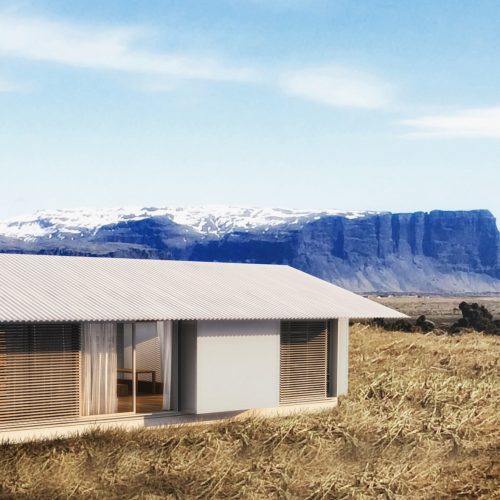There’s a lot that goes on beneath the surface when a homeowner and an interior designer engage in a home project. An interior designer may appear calm, provide you with creative home design ideas, and tell you that everything is going accordingly, but he or she won’t be upfront about the stressful details during the redecoration process. He won’t let you in on his stressors (yes, damaged shipping and key design features that suddenly back ordered stresses them out too) because he will always put you, the client, before him.
At the end of the day, an interior designer aims to deliver top quality design on time, within the budget, and more than anything, make a client happy.
Many homeowners forget that interior design is a business, albeit a creative one. It is still, at its core, a business that requires thorough planning and a straightforward objective that must be clear between the homeowner and designer.
There are tricks to the trade, and it is important that you as an owner, knows these tricks before opening the door to a professional. Here are 10 things your interior designer would want to but won’t tell you.
1. Be Clear on the Budget
You’ll want this comfy sofa and those classy drapes, but in the end, realize that you’re on the verge of overspending. Come up with a realistic budget and discuss those monetary limits with your interior designer. For all you know, he might be the one who’ll end up choosing lavish and top-of-the-line home features.
By discussing how much you’re willing to go, the right designer will give you alternative ideas to your design plan to help you meet your budget.

(Source: Mary Cook)
2. Some Clients and Designers Don’t Make for a Good Match
Like most relationships, clients and designers should mesh well, more importantly in terms of taste, style, and personality. It all starts when a homeowner does his homework and picks the most qualified designer whose portfolio matches his style.
Once you’ve selected the most promising candidate, personally ask him about the design process and how he intends to stay within your budget. Ensure yourself and him that you will be productive together and produce good work.
3. Be Decisive
Keep in mind that changing plans from time to time will results in delays and put a strain on the efforts that a designer is putting in your project. If something really isn’t working and you need to change your plan, that’s fine, the middle of the project is a much better time to do it than a month down the road.
Then again, it always helps to be clear about your plans and to separate wants from needs, right at the beginning to save you and your designer’s energy.
4. It’s Always Okay to Say No
It’s not always easy to express that you disagree with someone, least of all your designer and a design execution he ended up doing. But, he won’t also be offended when you dismiss his idea right away, especially when you’ll avoid wasting time redoing work. After all, you’re paying them to help out with your home project, and it’s their job to make you satisfied.
5. They’re Also Juggling Other People’s Home Projects
They will always say that you are their top priority, but if you hired a good designer, chances are his services are also being used by other homeowners who want good design.
For this reason, be sure to establish clear communication lines. On days they’re doing business with other homes, you’ll want to know how to get hold of them or when they’ll be available again. Also, make sure that they do make you an important client even though you are not their only client. It’ll work for the both of you when you compromise on a clear schedule.

(Source: Real Design)
6. Don’t Force Your Home into Something It’s Not
…Or can’t be. Design your space to be true to its location and your real life, not your dream life. It’s okay to pull out ideas from pictures but keep in mind that magazines are not real life.
Don’t’ design based on pre-conceived ideas that are not relevant to your lifestyle. You’ll not only end up disappointing yourself or aggravating your designer, as unrealistic design ideas will result in a contrived and purposeless redecoration.
7. Allot Budget for Finishing Touches
Always save a portion of your budget for finishing since a room is incomplete without enough furniture, window coverings, artwork, and accessories.
8. Quality over Quantity?
Top Canadian designer, Kelly Deck of Kelly Deck Design, dishes out, “When you’re faced with the questions of quantity or quality, the latter is the only intelligent choice.
Having a budget is a given and doing your best to stick to it is important. However, being practical isn’t always choosing the cheaper option. Choosing quality home features will save you money in the long run.
9. Design Is an Ongoing Process
Find yourself hitting walls or frustrated that your designer isn’t getting your idea? Keep in mind that good design doesn’t come in a formula. It’s a process that involves adjustments and countless tweaks to achieve perfection. So, allow yourself some flexibility along the way because your interior designer will be grateful for it.
10. No Holds Barred. Make It Meaningful.
Even if you opt for modern prefab homes due to faster building time, transportability and practicality, don’t be afraid to attach a piece, treasure, or anything that has personal meaning to you. Interior designers are less attached to projects simply because they view it as work. That’s where you, as a client, comes in.
Incorporate personal touches and elements that have sentimental value in a fresh way. A perfectly executed design can only be called a home when attached with personal meaning.
When a professional relationship is healthy and within bounds, good work is produced. By keeping these guidelines in mind, you’re sure to achieve home décor success!




